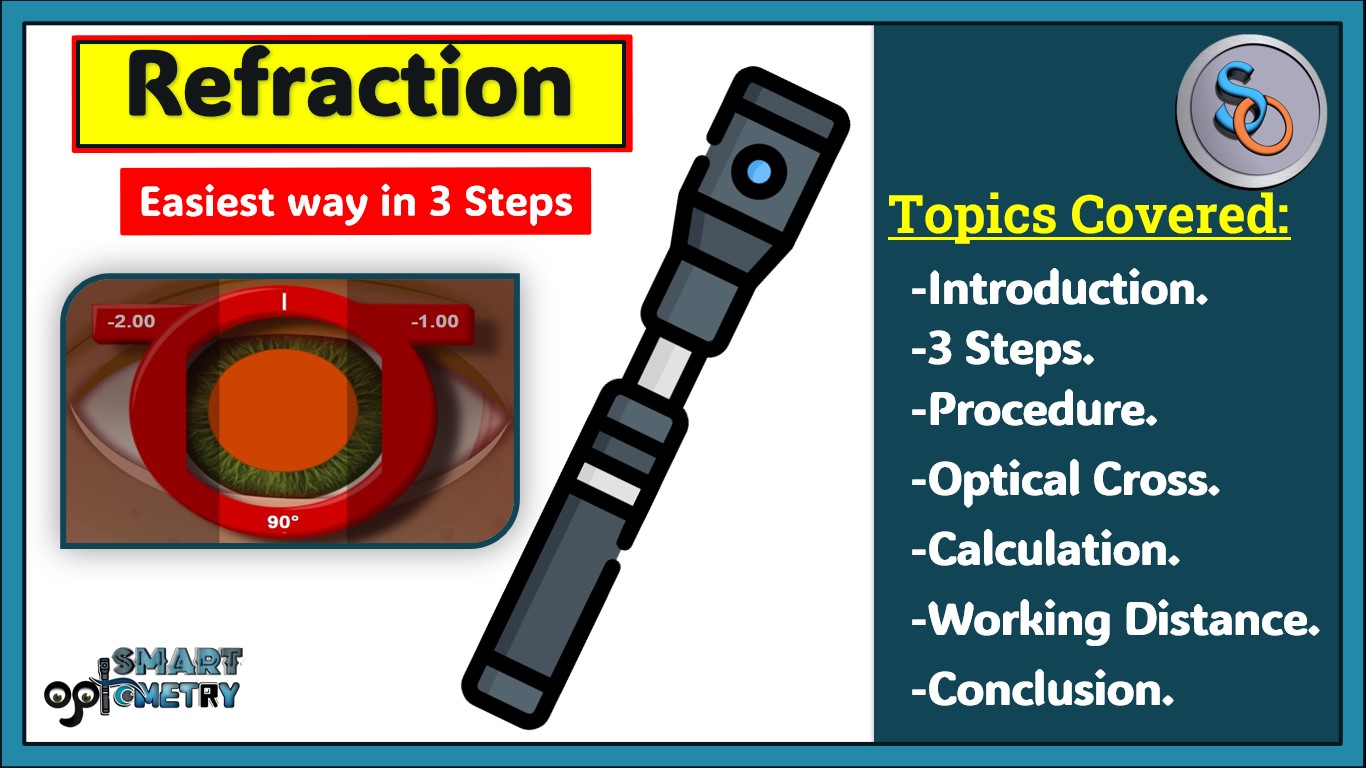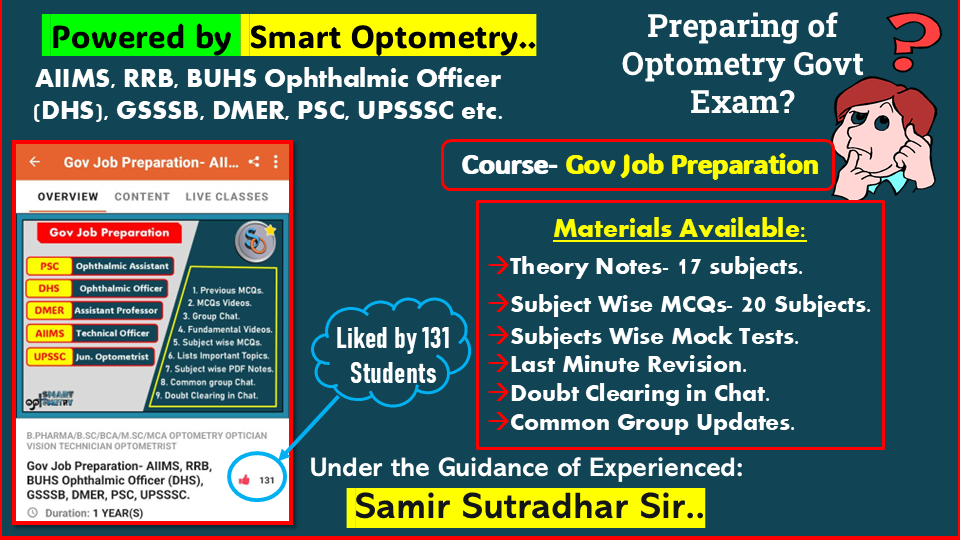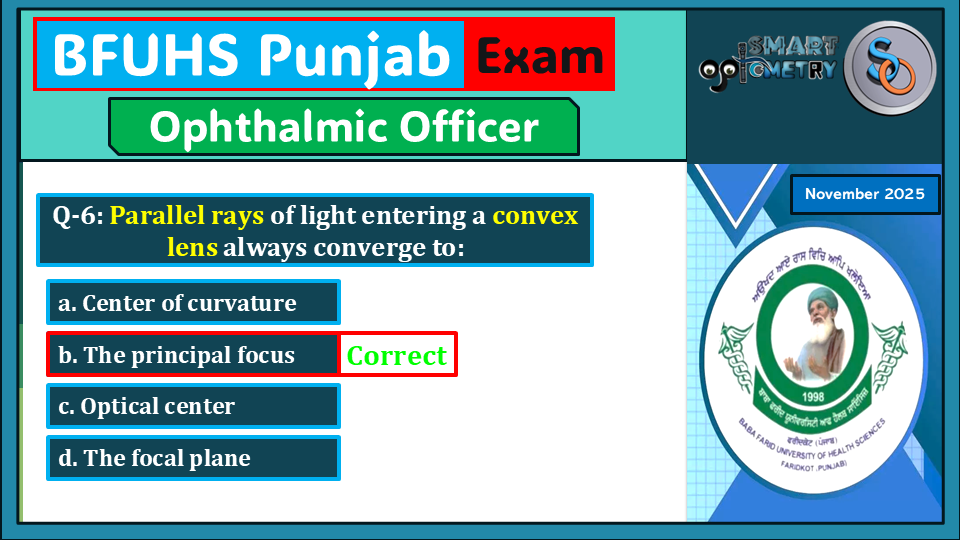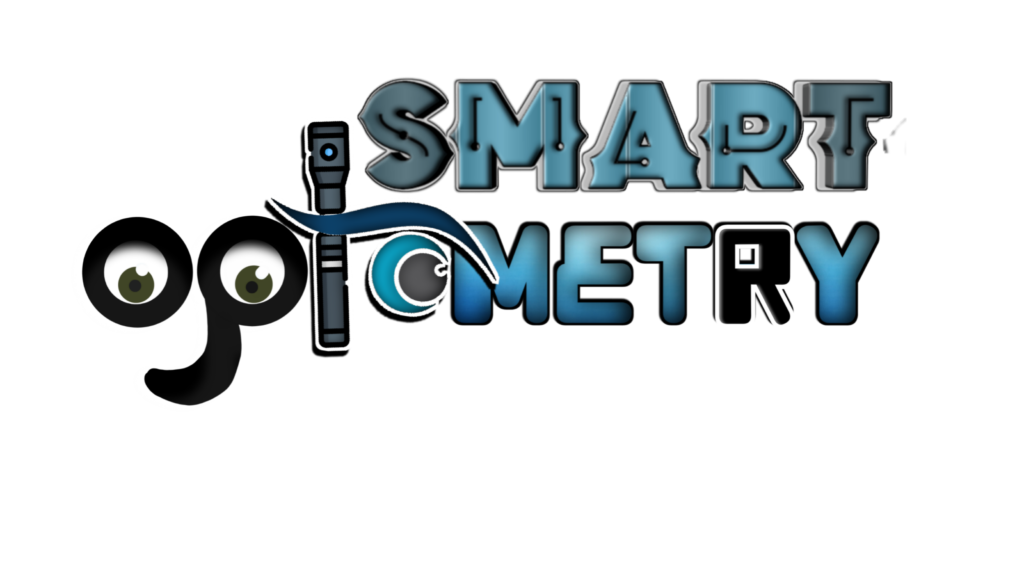Introduction of Retinoscopy Technique:
- We can name this technique as “Retinoscopy with 1 Spherical & 1 Cylinder Trial Lens”
- Because will use spherical trial lenses to neutralize spherical meridian and cylinder trial lenses to neutralize the cylinder meridian.
- We can perform this technique of retinoscopy with just 3 simple steps.
- Those 3 simple steps are:
- Step-1: Neutralize one meridian with a Spherical Trial lens.
- Step-2: Other meridian with a Cylinder Trial lens.
- Step-3: Subtract Working Distance power from spherical power.
Step-1: Neutralize one meridian with a Spherical Trial lens.

- Check the movement of reflex in both meridians whether it is with movement or against movement.
- You can choose any meridian to neutralize with a spherical trail lens.
- Neutralize the meridian with a plus spherical trial lens if reflex is with movement or with minus spherical trial lens if reflex is against movement.
- Suppose movement is against and we have neutralized one meridian (Vertical Meridian) with -2D Spherical trial lens.
- In this technique, as we are using a spherical trial lens to neutralize this meridian so it will be our Spherical Meridian.
- So, we have neutralized spherical meridian with -2.0DS lens.
- Now let’s move to our 3rd step to identify cylinder power.
- If there is no cylindrical power then both meridians will be neutralized with spherical trial lens and no need to do step-2, we can directly shift to Step-3.
- If cylindrical power is there, another meridian won’t be neutralized and have to move to Step-2.
Step-2: Neutralize other meridian with a Cylinder Trial lens:

- Spherical trial lens will remain there in the trial frame.
- Now, rotate the retinoscopic reflex to other meridian and check the reflex whether it’s with or against movement.
- Suppose the movement is against and we have neutralized other meridian (Horizontal Meridian) with -1.0 DC trial lens with trial lens axis aligned with 90 degrees.
- In this technique, as we are using a Cylinder trial lens to neutralize this meridian so it will be our Cylinder Meridian.
- So, we have neutralized Cylinder meridian with -1.0DC lens with axis aligned with 90 deg.
Step-3: Subtract Working Distance power from spherical power.
- To get the final power subtract the working distance power from the spherical power with any change in cylinder power.
- Our initial power without subtracting working distance power was: -2.0 / -1.0 X 90
- If working distance is 67 cm then working distance power will be 1.5D and Final power will be:
- -2.0 – 1.50 / -1.0 X 90
- -3.50 / -1.0 X 90
Let’s Understand with Optical cross:

- In spherical or vertical meridian, we got -2.0DS. Spherical power present in both meridians, so let’s write -2.0 in both meridian in Optical Cross.
- In Cylinder meridian or Horizontal meridian, we got -1.0DC. Cylinder power present only in one meridian. Let’s write the power in horizontal meridian in optical cross.
- So, we have,
- In Vertical meridian: -2.0D
- In Horizontal meridian: -3.0D
- After subtracting working distance power 1.5D, we
- In Vertical meridian: -2.0D- 1.50 = -3.50
- In Horizontal meridian: -3.0D – 1.50 = 4.50
- As our spherical meridian was Vertical, so spherical power will be: -3.50.
- Our cylinder meridian was horizontal, so cylinder power will be:
- -4.50 – (-3.50)
- -4.50 + 3.50
- -1.0DC
- So, our cylinder power is -1.0D and Axis will be 90
- Thus, Final power we got from Optical Cross is: -3.50 / -1.0 X 90
Conclusion:
- This technique is the easiest way to retinoscopy without any complex calculations.
- You don’t even need to do optical cross calculation to get the final retinoscopic power.
- For beginners this technique will be very helpful to start practicing retinoscopy without any complex calculation with optical cross.
- In coming Blog I will explain another technique or retinoscopy that can be done using 2 spherical lens and that technique is called “Cross Retinoscopy”
Read 1st Part Here: Retinoscope – Everything You need to Know.
- Check Our Courses: Ophthalmic Instrumentation, Clinical Refraction, Contact Lens, Binocular Vision, Dispensing Optics, MCQs in Optometry
- Download our App “Optometry Notes & MCQs” from Google Play Store.





4 Comments
Download our App “Optometry Notes and MCQs” from google Play Store and get access to 5000+ MCQs subjects wise.
App Link: https://play.google.com/store/apps/details?id=co.robin.osvlt
Download our App “Optometry Notes and MCQs” from google Play Store and get access to 5000+ MCQs subjects wise.
App Link: https://play.google.com/store/apps/details?id=co.robin.osvlt
I want to perform the test series’ on optometry
Optometry test series